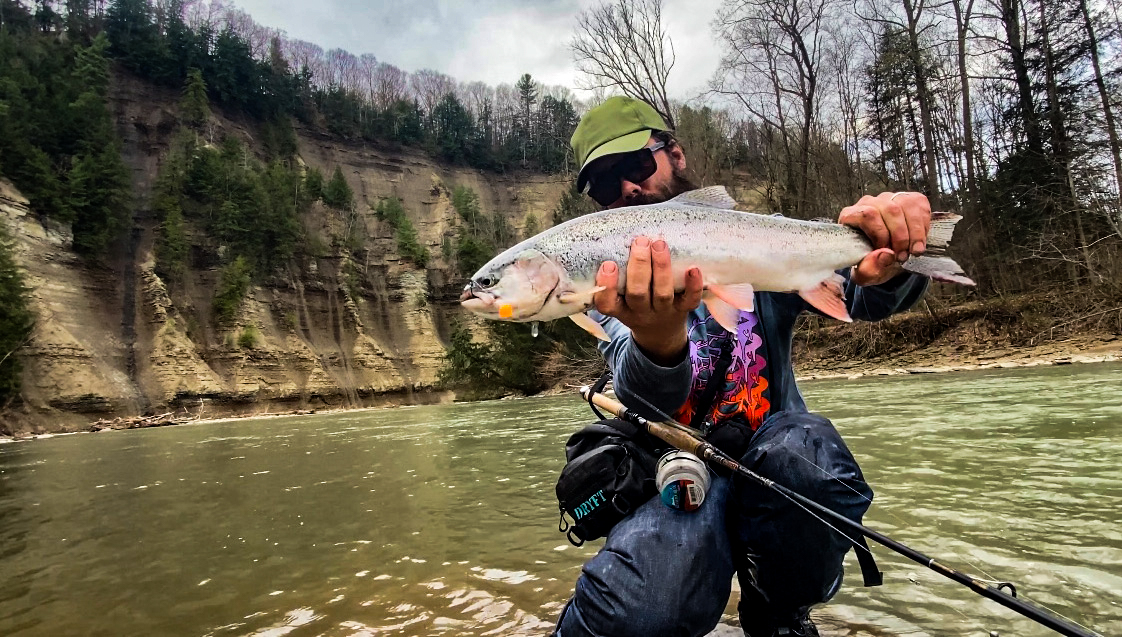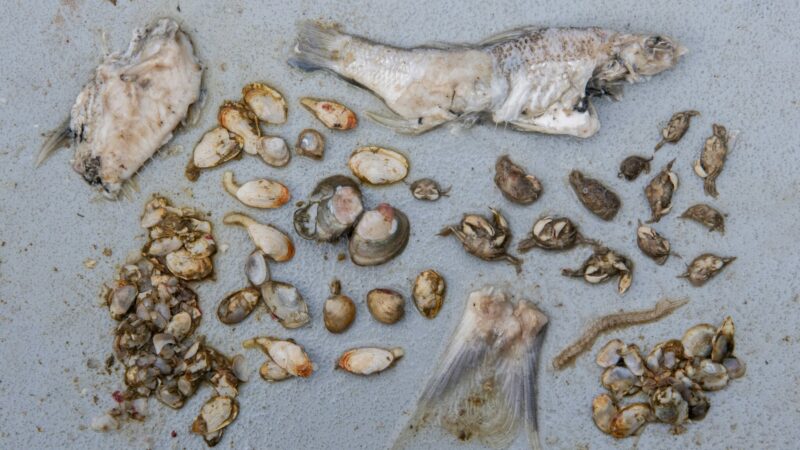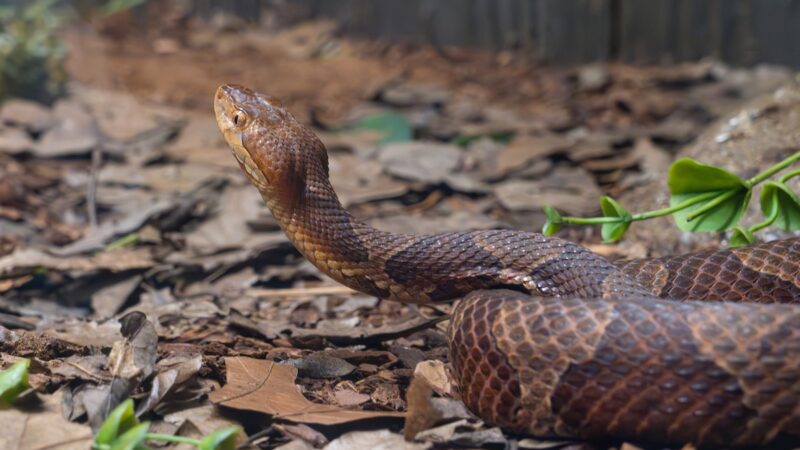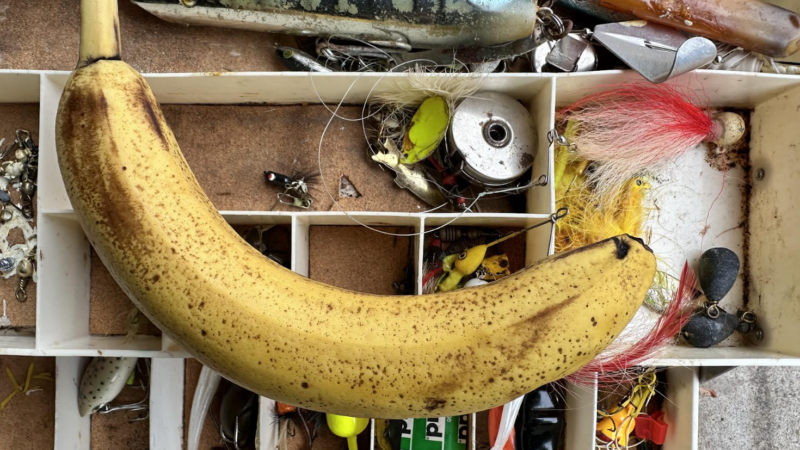Quick Strike Podcast: How to Catch Great Lakes Steelhead During Drop-Back Season
Across the Upper Midwest and Northeast, winter is steelhead season. Starting around Halloween and lasting through February — if your feet and hands can take it — anglers flock to Great Lakes tributaries to catch these brute fighters that are packed in to spawn. This game is so popular that it’s come to be associated with “combat fishing.” Crowds can be big depending on the river you hit, and it’s not uncommon to get shut out of a choice run or have to jockey for prime position.
But then, come March, a funny thing happens. The vast majority of steelheaders move on to other spring pursuits. The fish, however, are still there, and if you time an attack just right, you can experience action far better than you had in winter often in prime holes you have all to yourself.
My friend Paul Cain grew up in Western New York within easy striking distance of many Lake Erie steelhead tributaries. Though he’s clocked countless winter hours trying to feel his legs and get his cold fingers limber enough to tie a knot, he can’t wait for spring. This is “drop-back” season — meaning all the fish that ran up the river in the fall will make an about face and head back to their respective lakes for the summer. The approach is a little different than winter fishing, but Cain’s tips will make you a drop-back master in no time.
You can listen to this episode of the Quick Strike Podcast on Apple, Spotify, or wherever you get your podcasts.
The Long Game
One of the biggest misconceptions about drop-back steelhead is that their exodus happens very fast. All the fish leave at the same time, so, unless you’re local and can get there quickly, planning a trip if you’re hours away is risky. But according to Cain, this simply isn’t the case.
“In my experience with drop-back fishing, it lasts for most of April and even into early May,” he says. “I’ve noticed that milder winters also tend to prolong the spring season. What’s interesting is that you sort of know it’s over when you’re having a hard time getting through the suckers to catch the steelhead. As the steel drops back, suckers move in. That’s my gauge.”
Cain points out that several steelhead tributaries across the Great Lakes also experience true spring runs where fresh fish are coming in starting in March or April. That means depending on your location, it’s possible to target inbound and outbound fish simultaneously. In either scenario, success starts with water conditions.
Flow Riders

What prompts steelhead to start making their way back toward the lack is typically a bump in flow. Throughout the Great Lakes, harsh winters will cause tributaries to freeze while groundwater remains locked. This often results in lower water conditions. When things begin to thaw out — or winter snow transitions to spring rain — the burst of juice is step one, but according to Cain, the real magic happens a day or two after the bump.
“When you have a pretty good spike in flow, you want to be there during the drop,” he says. “That has less to do with the flow itself than water color. A bump usually makes the water dirty, but as it drops it’ll clear up.”
What you don’t want is ultra-clear water. In this fishery, a little stain or milkiness is ideal. The steelhead will be more comfortable in these conditions and be able to see your lure, fly, or bait. Though Cain admits that a huge bump in water can, in fact, blow a bunch of fish right back to the lake in one shot, it’s rare that they all disappear following one high water spike. More commonly, they will drop back in waves, so having a bead on where the fish are upriver prior to a spike can help you figure out where they might stack downriver as the flow subsides.
Why So Aggressive?
During the winter, steelhead don’t move around much. They settle into runs and holes that suit their needs, which makes them easy to target. Small areas can be stacked with fish, which, in turn, can cause them to be over-pressured by anglers day in and day out. In the coldest periods, you often have to bounce a tiny fly or egg right off their noses to get them to take a shot, but in the spring, it’s a different story.
“I would agree that spring fish are more aggressive,” says Cain. “That doesn’t mean smaller presentations stop working, but sometimes it seems like drop-backs are willing to take almost anything. I really think they’re trying to pack on some calories before heading back into the lake.”
Read Next: The Best Spinning Rods, Tested and Reviewed
One of Cain’s favorite spring tactics is fishing a white Gulp! Minnow on a jighead under a slip float. He notes that the fish are not glued to the bottom this time of year, so he’ll position his jig mid water column and actively twitch and bounce it as it floats down the lane. Though Cain is an avid centerpin user, he says this method will work on any spinning or baitcasting outfit as well.
The post Quick Strike Podcast: How to Catch Great Lakes Steelhead During Drop-Back Season appeared first on Outdoor Life.
Source: https://www.outdoorlife.com/fishing/quick-strike-podcast-spring-steelhead/



